Explain the following :
(a) The (C−Cl) bond length in CH3COCl is nearly same as in CH3CH2Cl but longer than that in Ch2=CH−Cl.
(b) Account for the observed (C−G) bond lengths in nm :
∣∣
∣
∣
∣∣GNH2OCH3FCICH3−G0.1470.1410.1380.178CH3−O∣∣C−G0.1380.1360.1370.179∣∣
∣
∣
∣∣
(c ) Why is (C−O) bond length shorter in ester than in anhydride ?
(d) Why have esters lower boiling points than ketones and acids of comparable molecular masses ?
( e) The boiling points of the following amides in the decreasing order are :
MeCONH2(I)>MeCONHMe(II)>MeCONMe2(III).
(f) Why is DMF (dimethyl formamide) a useful solvent ?
(g) Why is formyl chloride unstable ?
Video Solution
Text Solution
(a) Nearly te same (C−Cl) bond length in ⎛⎜
⎜⎝R−O∣∣C−CI⎞⎟
⎟⎠ and (R−Cl) suggests that the extent of delocalisation by Cl in ⎛⎜
⎜⎝R−O∣∣C−CI⎞⎟
⎟⎠ is very small or non-existent [(−I) and (+R) effects of Cl,(+R) effect or π−bond overlap is not effective because of 2p of C and 3p of Cl overlap]. So, the contribution of resonance hybrid structure (II) is very small or non-existent.
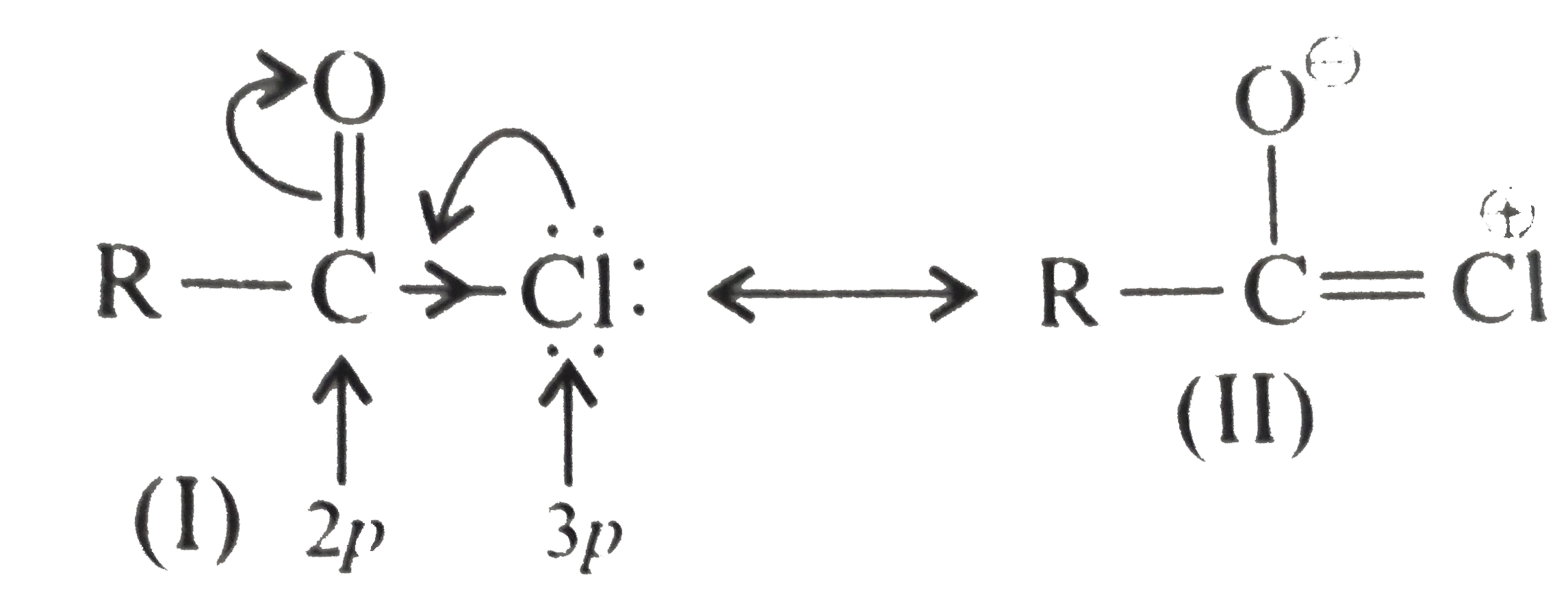
(b) The relative importance of delocalisation decreases in the order RCONH2>RCOOR'>RCOX. as the EN (electronegativity) of G increases in the same period (i.e., (−I) effect increase, from N>O>X.
The (C−Cl) bond is longer than the (C−F) bond, although EN of F is greater than Cl. However, (+R) effect is not effective in (C−Cl) but effective in (C−F) because of the effective overlap of 2p of C with 2p of F.
( c) Resonance structure of anhydride.
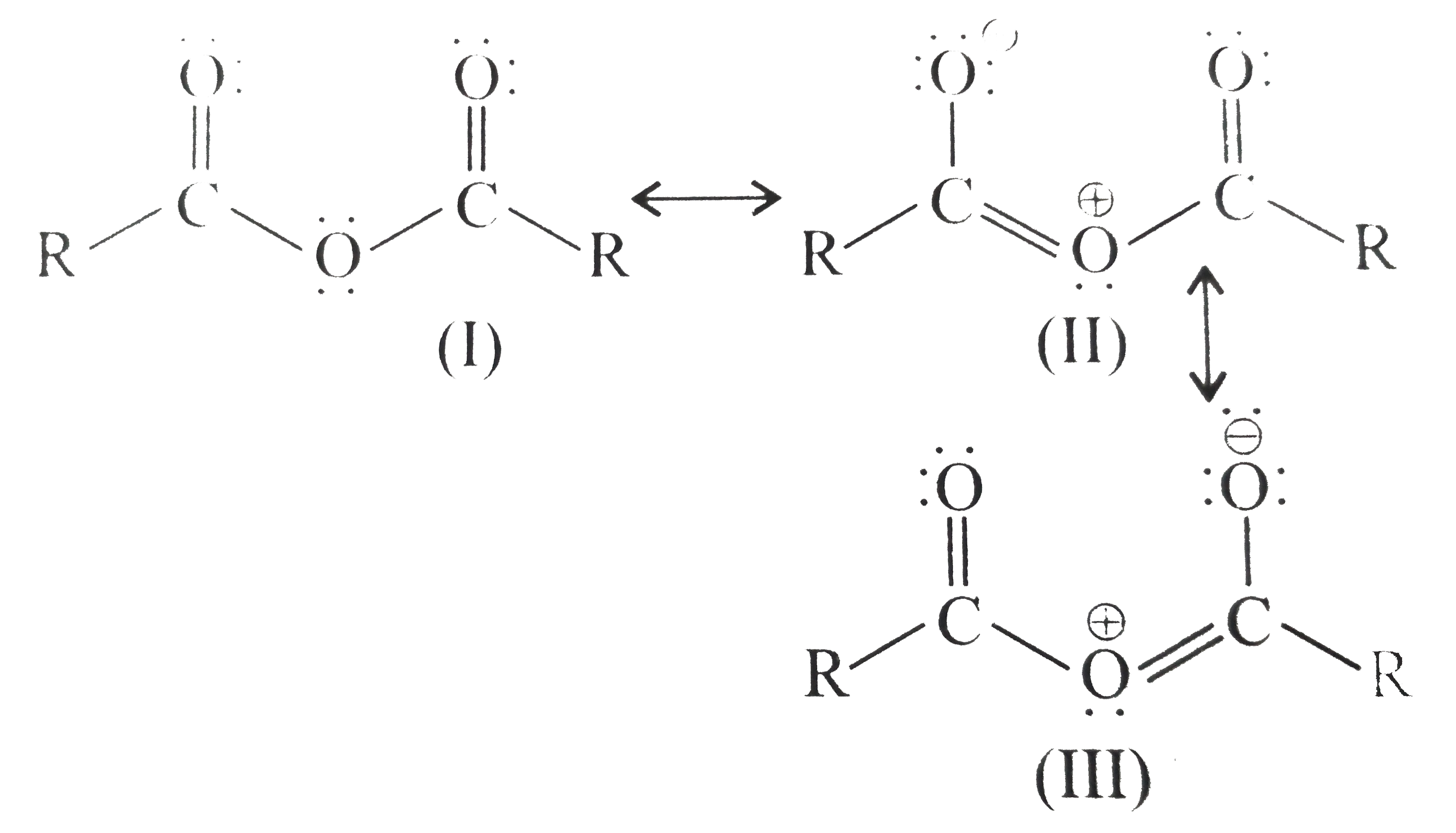
Cross conjugation in the resonance structures of anhydride decreases the delocalisation of each O of (C=O) group and gives (C−O)σ−bond less double-bond characte. Thus, the (C−O) bond length is longer in anhydrides than in esters.
(d) Resonance structure of esters :

Due to delocalisation of ¯e,s in esters, the positive charge on C of the (C=O) group is more spread out. This results in a smaller dipole moment and weater dipole-dipole attraction in esters than in ketones. So, esters have low boiling in ester points than ketones.
Acids have strong intermolecular H−bonding, while esters do not have. So the boiling points of esters are lower than those of acids.
( e) 1∘ and 2∘ amides exist as dimer in the solid and pure liquid state through intermolecular H−bonding. 1∘ amides have two H atoms. While 2∘ amides have one H atom. So intermolecular H−bonding is more in 1∘ amide than in 2∘ amides. 3∘ amdies lack H atoms and thus do not have H−bonding.
So, the boinling points of 1∘amI>2∘amII>3∘amIII.
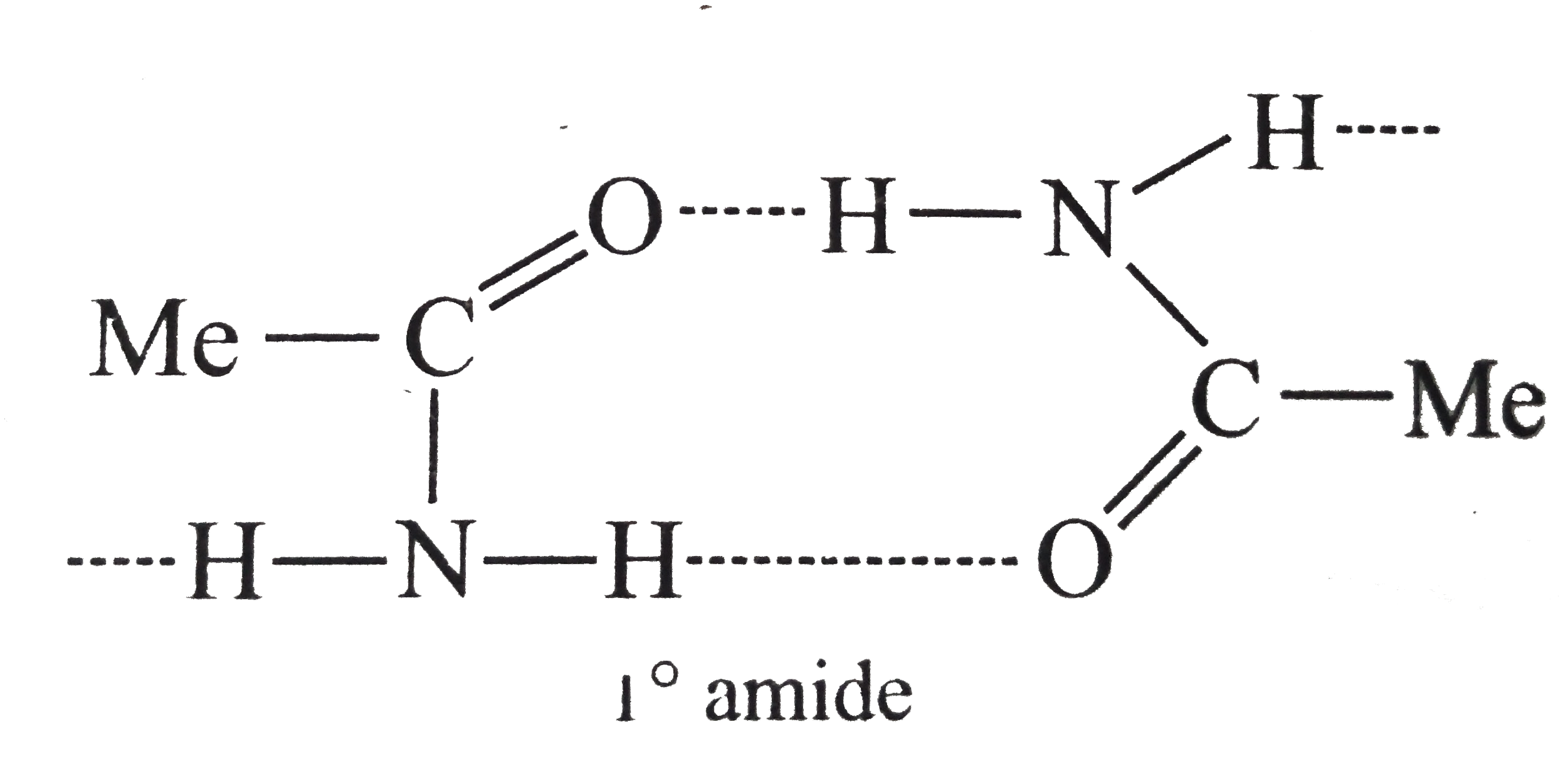
(f) DMF,⎛⎜
⎜⎝H−O∣∣C−N∣Me−Me⎞⎟
⎟⎠ , is an aprotic solvent, i.e., it has no H atom for H−bond∈g and has a high dipole moment. So DMF does not form H−bonds with anions although it dissolves many ionic compounds. The salts are dissolved through solvation of the cation by the attraction towards the end of the (C−O) dipole. The positive end of the dipole 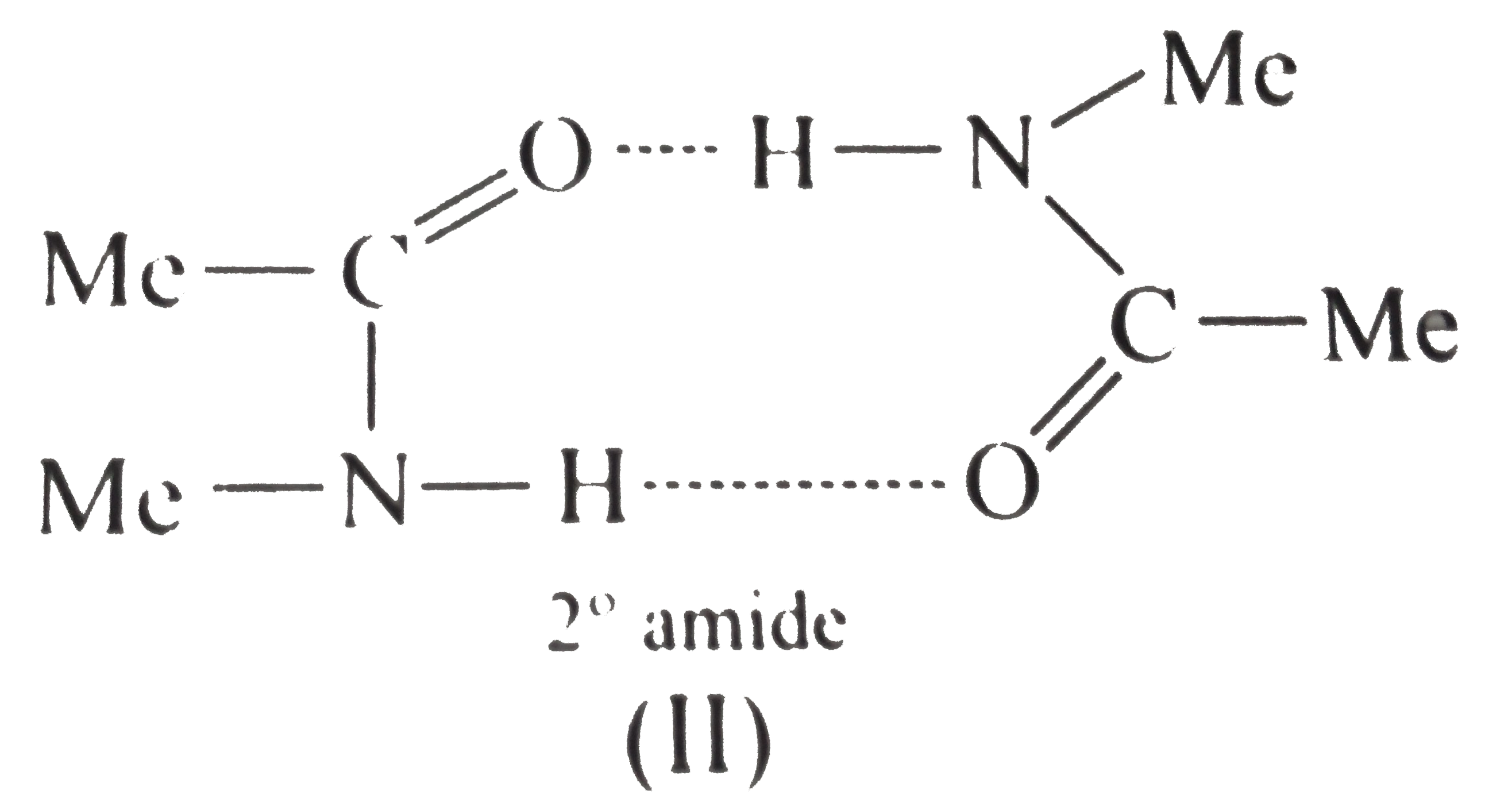 shielded within the molecule and solvates anion very weakly.
shielded within the molecule and solvates anion very weakly.
(g) ⎛⎜
⎜⎝H−O∣∣C−CIΔ−−→C≡O+HX⎞⎟
⎟⎠
The decomposition reaction is favoured since the ΔH∘f of CO is high (more negative) which indicates the stability of (C≡O) bond. Formyl chloride is unstable above 213K(−60∘C).
|
Topper's Solved these Questions
- CARBOXYLIC ACIDS AND THEIR DERIVATIVESBOOK - CENGAGE CHEMISTRYCHAPTER - CARBOXYLIC ACIDS AND THEIR DERIVATIVESEXERCISE - Solved Examples
17 Videos
- CARBOXYLIC ACIDS AND THEIR DERIVATIVESBOOK - CENGAGE CHEMISTRYCHAPTER - CARBOXYLIC ACIDS AND THEIR DERIVATIVESEXERCISE - Exercises (Subjective)
19 Videos
- BIOMOLECULES, POLYMERS AND CHEMISTRY IN EVERYDAY LIFEBOOK - CENGAGE CHEMISTRYCHAPTER - BIOMOLECULES, POLYMERS AND CHEMISTRY IN EVERYDAY LIFEEXERCISE - QUESTION BANK
8 Videos
- CHEMICAL KINETICSBOOK - CENGAGE CHEMISTRYCHAPTER - CHEMICAL KINETICSEXERCISE - Archives Subjective
23 Videos
Similar Questions
CH3OCH2CH2OH∣CHCH2Cl
View SolutionGive reasons:
(i). C−Cl bond length in chlorobenzene is shorter than C−Cl bond length in CH3−Cl
(ii). The dipole moment of chlorobenzene is less than of cyclohexyl chloride.
(c). SN1 reactions are are accompanied by racemisation is optically active alkyl halides.
View Solution
Knowledge Check
(A) The dipole moment of CH3F is greater than CH3CI.
(R) C-F bond is more polar than C-CI bond.AIf both (A) and (R) are correct and (R) is the correct explanation of (A)BIf both (A) and (R) are correct but (R) is not the correct explanation of (A)CIf (A) is correct but (R) is incorrect.DIf (A) is incorrect but (R) is correct.CH3CH2CH2−O∣∣C−H+CH3−C≡CHNa,NH3(l)−−−−−−−→
A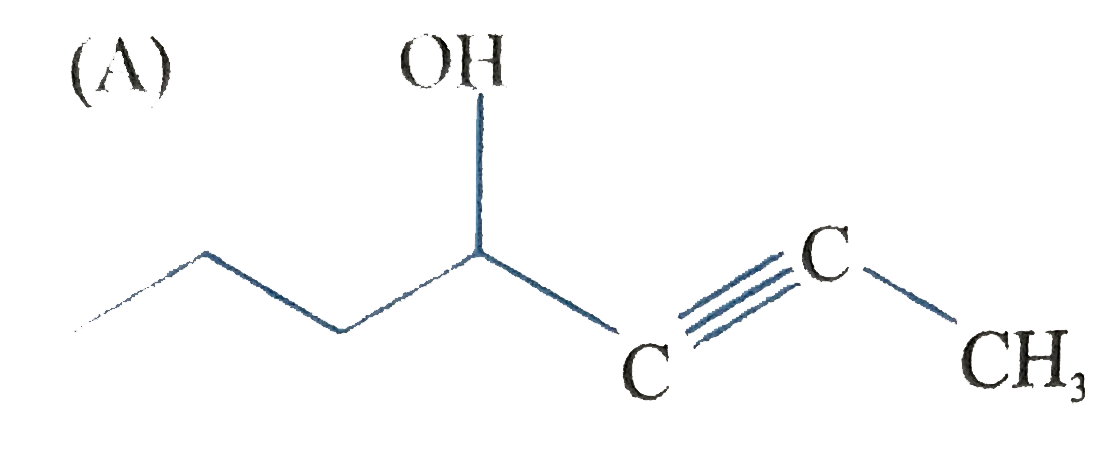 B
B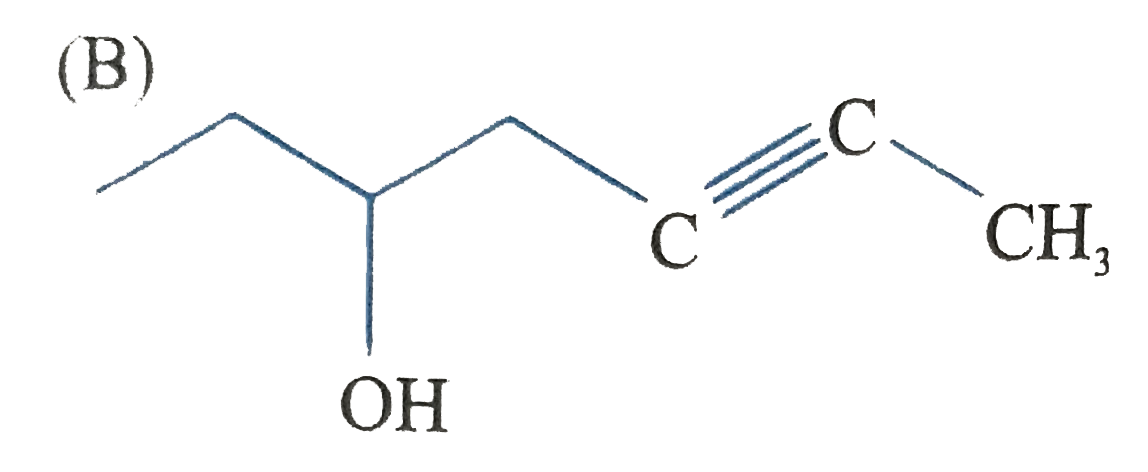 C
C D
D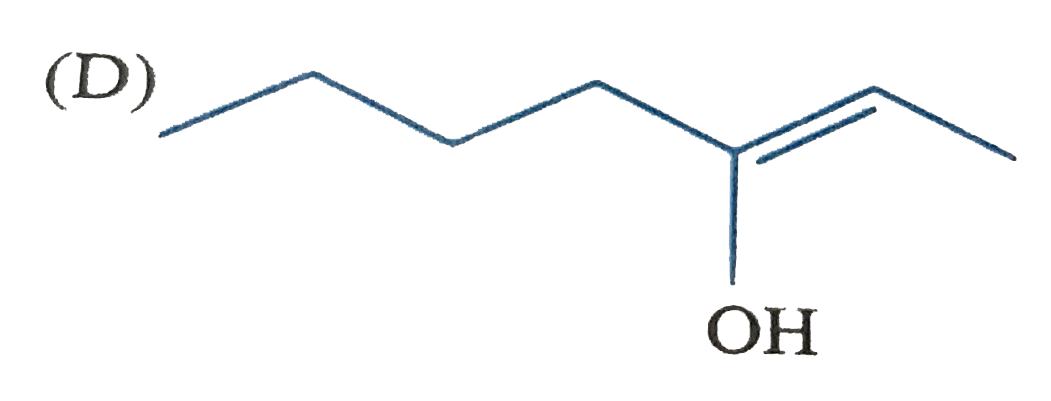
Which of the following have larger C-O bond length than C-O bond length of
CH3−O∣∣C−CH3?A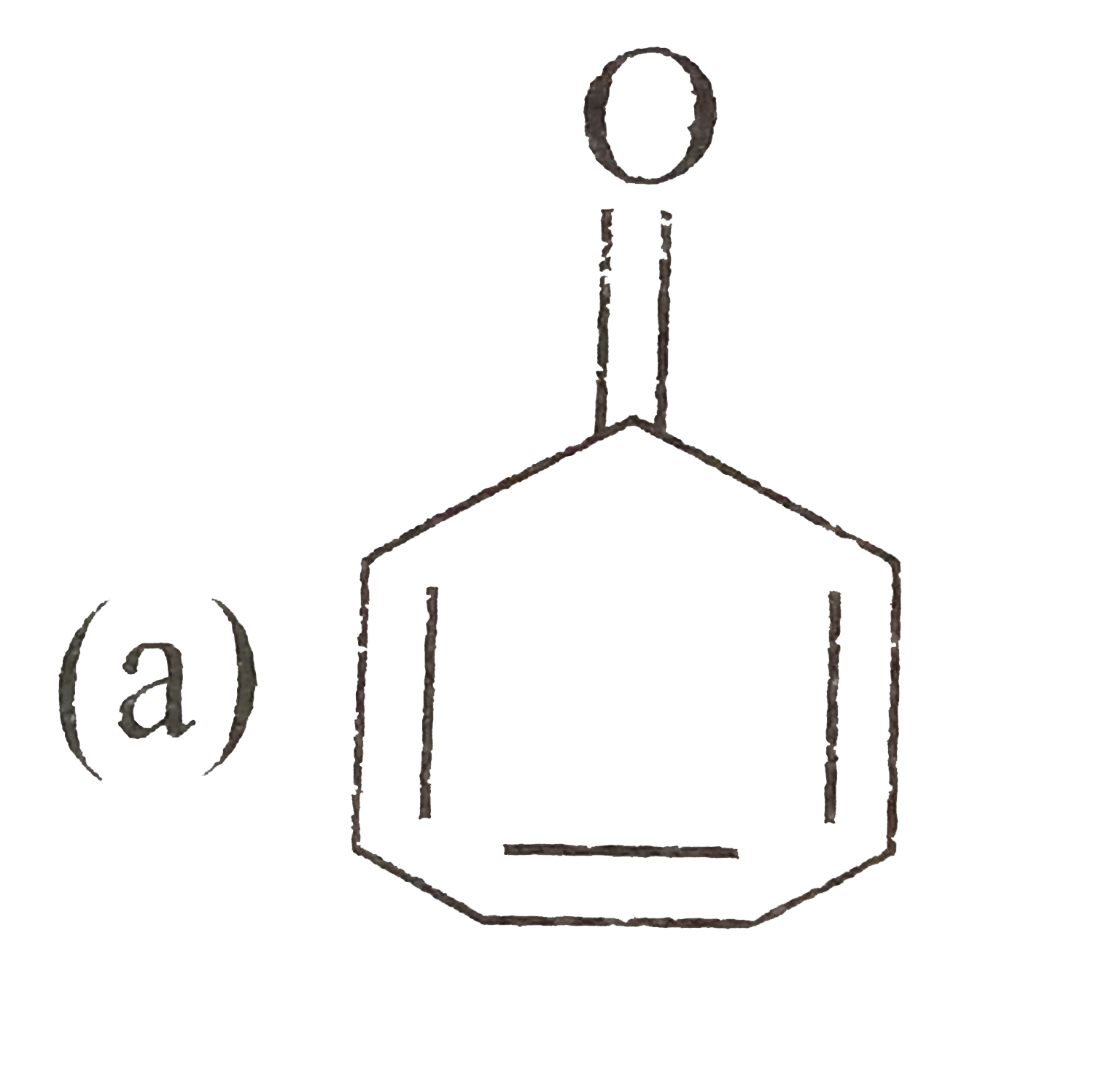 B
B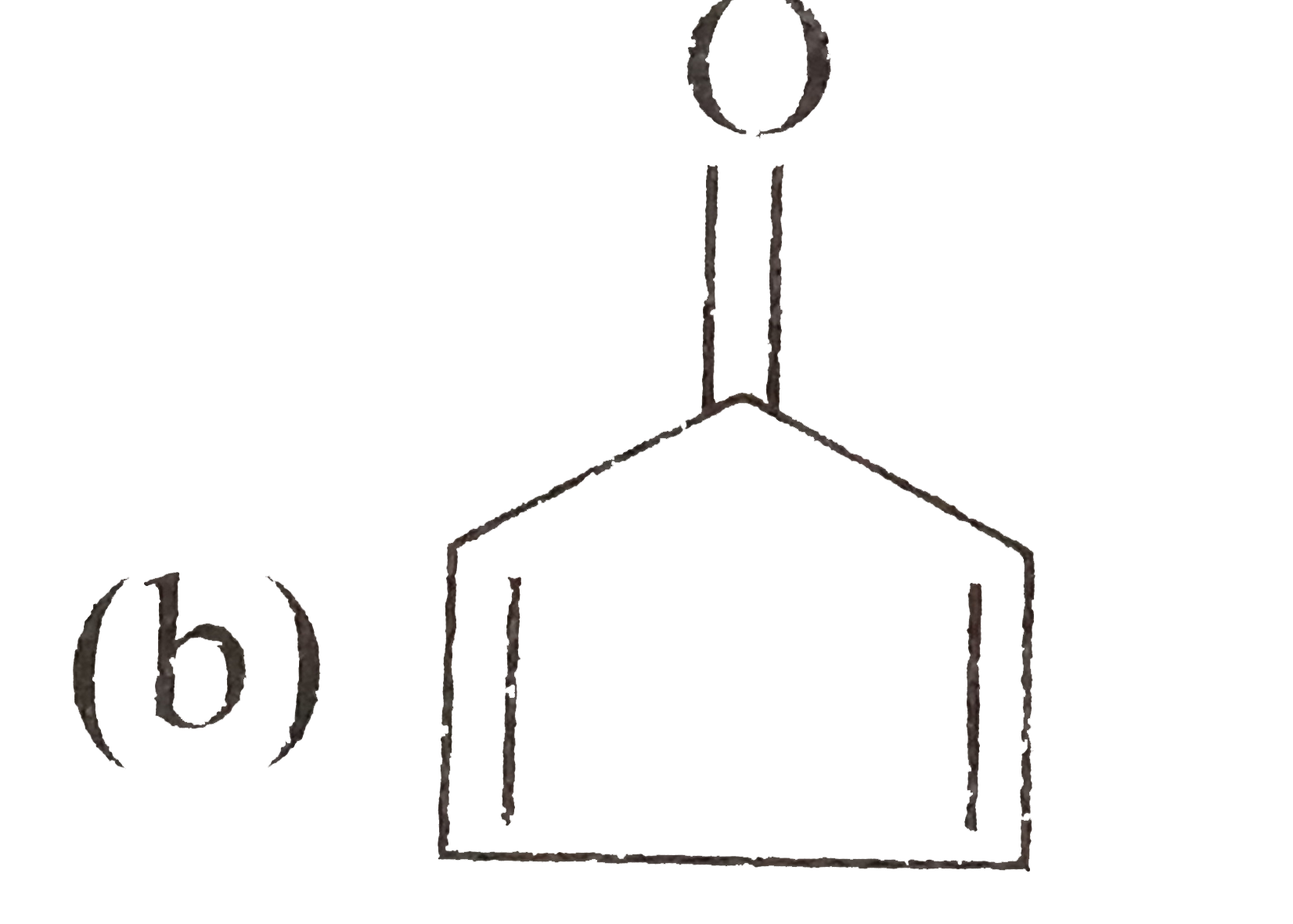 C
C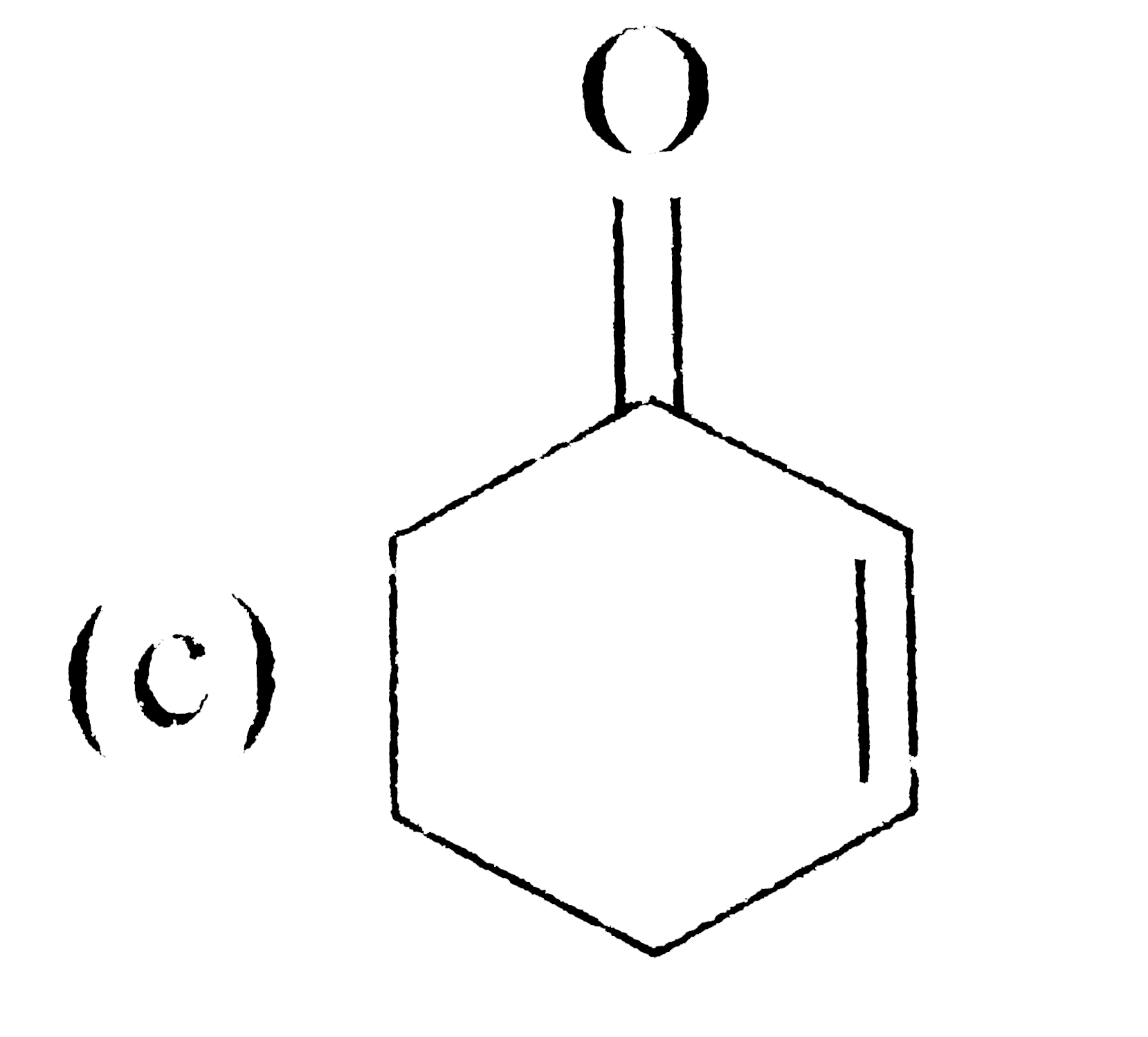 D
D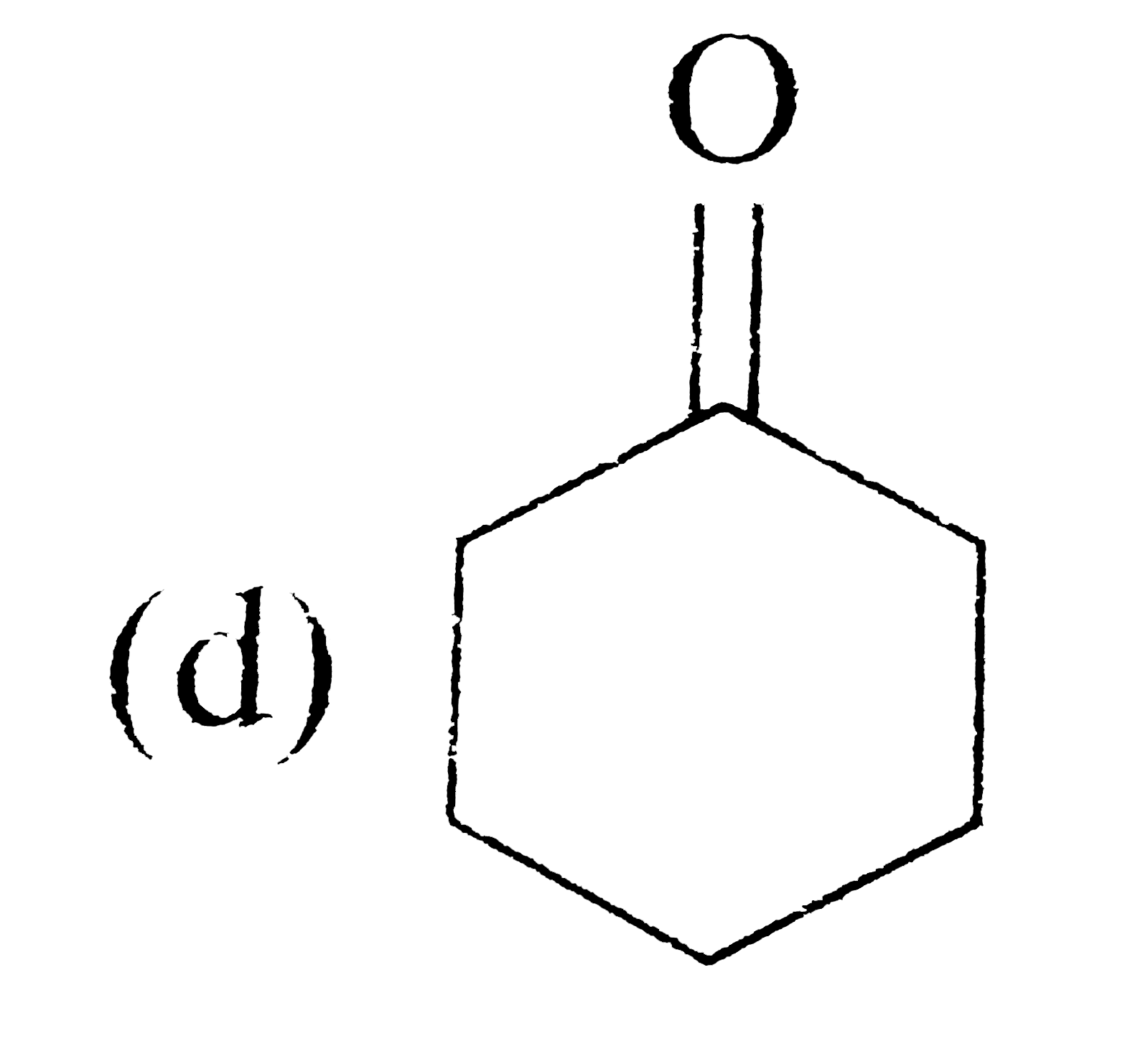
CH3−Cl∣CH−O∣∣C−CH3
View SolutionGive reasons :
C-Cl bond length in chlorobenzene is shorter than C -- Cl bond length in CH3−Cl.
View SolutionCH3−CH2−CH2−O−CH3 and CH3−CH3∣CH−O−CH3 are
View Solution(CH3)2Cl∣C−CH2CH3aicXOH−−−−→?
View SolutionFor the compounds, CH3Cl,CH3I,CH3Br and
 which of the following is the correct order of C-halogen bond length?
which of the following is the correct order of C-halogen bond length?
View Solution
